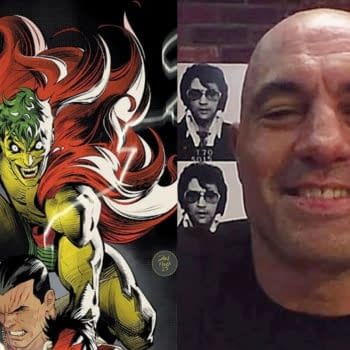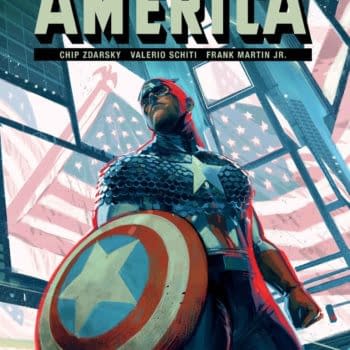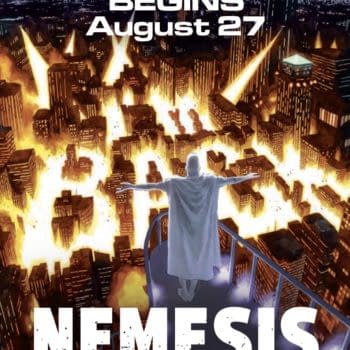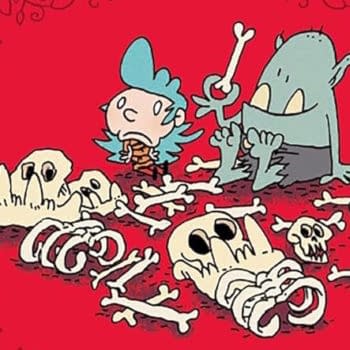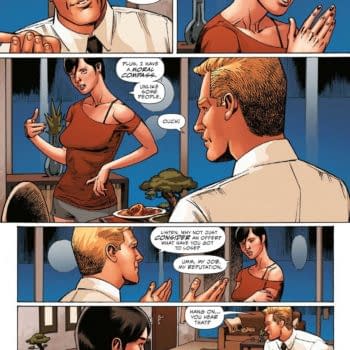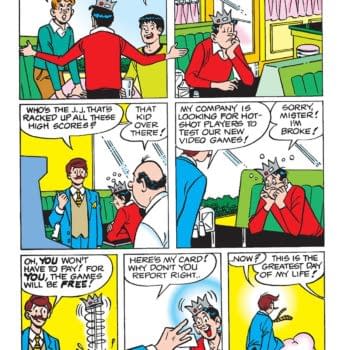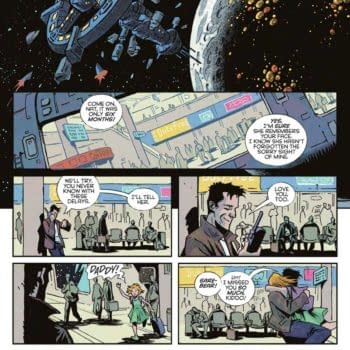Posted in: Comics, Recent Updates | Tagged: andrew wheeler, no more mutants
No More Mutants #2 by Andrew Wheeler – Smurfette The Avenger
As with a lot of comic fans my age, I have a particular fondness for the Australia-era X-Men team. It's one of comics' strongest teams – they were isolated by geography, isolated by the illusion of death, and operating on a proactive global mission. It was also one of the strongest line-ups – a mix of classic icons and offbeat additions – and it was that rarest thing among fictional teams; it was 50% women. (More than 50% if you count Madelyne Pryor as a member, but not if you also count Gateway.)

The phenomenon of the lone girl on the team has been referred to as the Smurfette Principle, after the original 'only girl' in the Smurf village. (Smurfette also serves as another female archetype; the woman marked by evil to spread discord in the world. Weird, but completely true.)
Most cartoons I grew up with had an 'only girl', especially in their first seasons: Princess in Battle of the Planets; Cheetara in Thundercats; Janine in the Real Ghostbusters; Gadget in Rescue Rangers; April O'Neill in Teenage Mutant Ninja Turtles; Amber in the Centurions; Niko in the Galaxy Rangers; and so on and on. The implication was that one girl was all you needed; one was enough to represent all the things girls contribute to the team. In this context, Scooby-Doo – with its two guys, two girls and a dog – seemed boldly feminist.
The formula is just as common in comics. Marvel Girl was the only girl in the original X-Men line-up. Wasp was the only girl in the original Avengers. The original Justice League only had Wonder Woman, and Saturn Girl was the only girl in the founding Legion trio. That was in the Golden and Silver ages, of course, but it still happens.
Take, for example, the current Avengers teams. Each team is now managed by a woman – great! – but each team is notably short on female members. The New Avengers has three women in a ten person team (two of them partners of male team members). The Secret Avengers have two women in a team of eight. The core team has one woman in a team of seven. That's six out of twenty-five, or fractionally better than the team's very first line-up of one woman in five. The Dungeons & Dragons cartoon had a better ratio – and that's not counting the female unicorn.
The core team is the most problematic. Current Avengers architect Brian Bendis clearly subscribes to the idea that this team should be made up of top tier Marvel characters, just as it's become received wisdom that the JLA is at its best when it's the original core seven. I think that's an emotional argument, and maybe a sales-driven one, rather than one that makes sense for the plots or the characters, but if you accept it, then the lack of diversity on the team becomes an institutional problem. The core Avengers are white guys – Captain America, Thor, Iron Man and Hawkeye. The other top tier characters that have been introduced to the team are also white guys – Spider-Man and Wolverine. There's not much room for women under the 'all-star' conceit because there aren't a lot of all-star women.
But recently Marvel – and Bendis in particular – has been very good at turning also-rans into all-stars, with Spider-Woman one obvious beneficiary of this. If it's going to take a concerted effort to put more women on teams and elevate them to the big leagues, then I would hope that's an effort worth making.
There are some iconic female Avengers, but instead of getting a slot on the team, they're either used as the central victims in major crossovers – Wasp and Scarlet Witch – or shunted off to another title – Black Widow and Ms Marvel – or they're AWOL from the team – She-Hulk and Monica Rambeau. And if Wolverine can be on the team, why not Storm, Rogue or Emma Frost?
Teams dominated by men are the norm in comics. Teams with an equal balance of men and women are the exception. Teams with more women than men are just about unheard of – the Runaways are a rare example. Doesn't that seem strange? Shouldn't it seem entirely normal to have a team with three, four or five women on it? Shouldn't it be possible to do that with a team that isn't called the Sisterhood, the Femizons, or the Lady Liberators?
Andrew Wheeler writes about food and comics and gaiety. Sometimes simultaneously. He is the author of Eat Britain!










